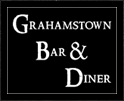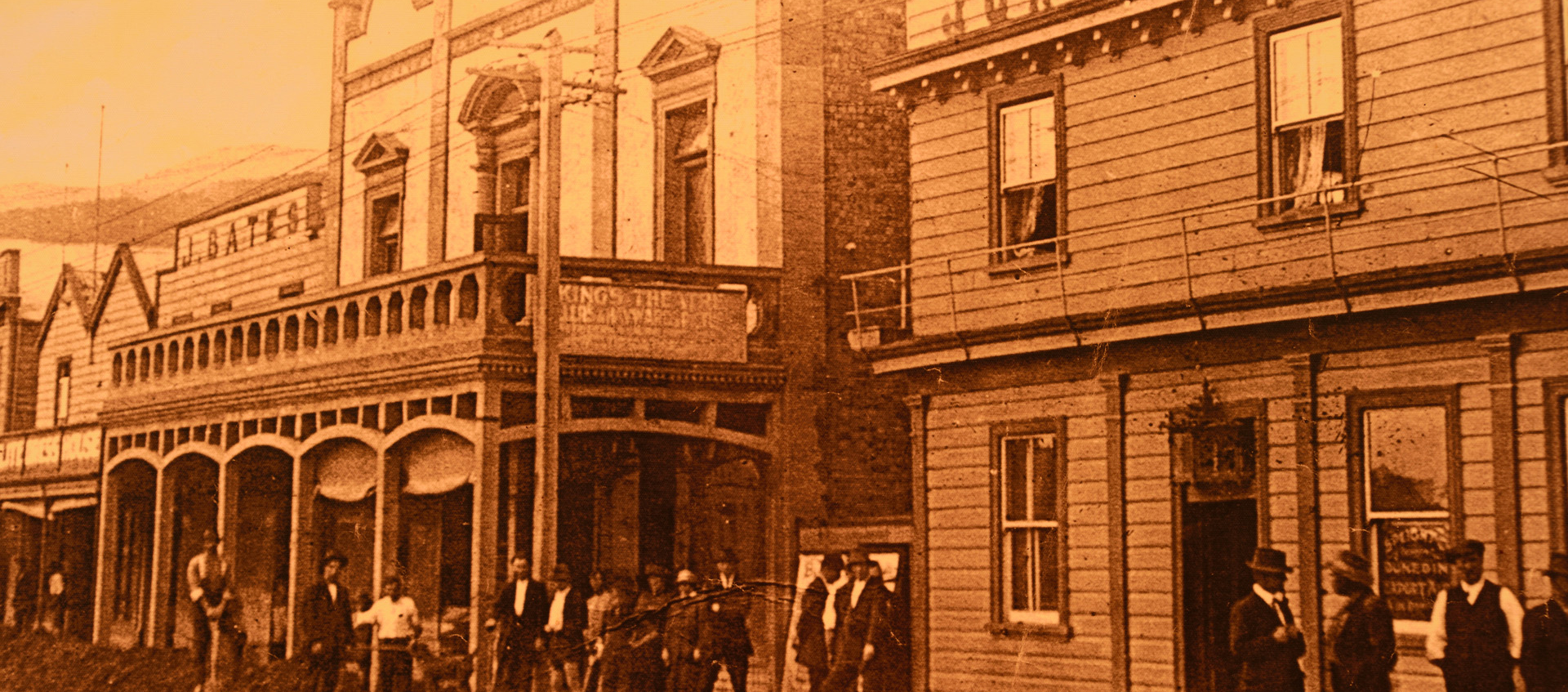
Our Story
The Coromandel gold-rush of the late 1860s was one of the 19th century’s last great bonanza gold strikes that the world would see, and was broadcast to stock markets across the globe. It was an exciting time as hordes of, mostly, young carefree men from many places threw down their tools and made their way with haste for the distant colony of New Zealand.
This great rush in search of rich rewards would soon see the population of Thames swell to an estimated 20,000 people, significantly larger than Auckland, which at that time was not much more than a small fishing village.
At its inception, the Thames gold-field was divided into two distinct townships. Shortland, at the southern end, was the first to be settled after a wharf was constructed near the mouth of the Kauaeranga River, which steamboats and sailing vessels could enter after voyaging across the Firth of Thames and Hauraki Gulf. A typical steamboat journey from Auckland would then take around six hours.
So the first official gold-field hotel was opened nearby, in August 1867, owned by Captain Butt, a seafaring trader with numerous commercial interests in the fledgling township, and that building was called the Shortland Hotel.
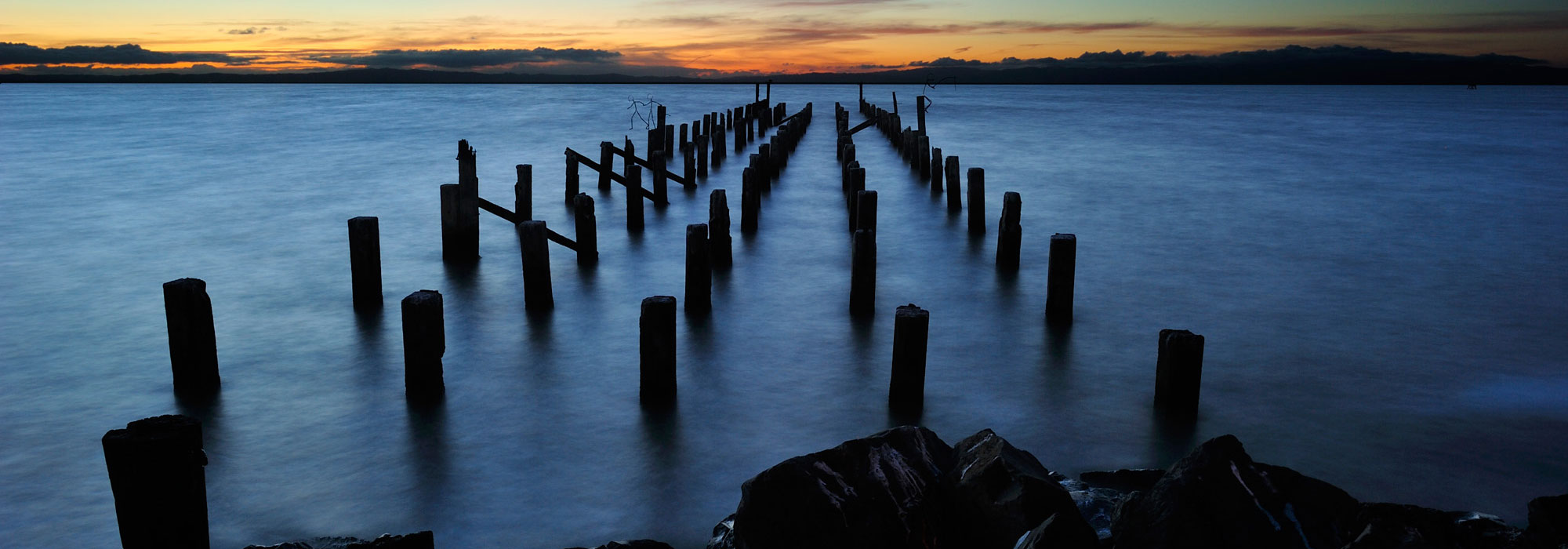
Once the notable strikes of gold were found to be in quartz deposits along the northern hillsides of the field, Robert Graham, a wealthy Auckland speculator, negotiated with local Maori to purchase the adjacent land and named it Grahamstown, with a mile long main street linking the twin settlements, named after Auckland’s provincial superintendent, Dr Daniel Pollen.
The halfway mark, or thereabouts, between Shortland and Grahamstown was the Karaka Creek and this was known as the ‘junction’ point of the two towns. When a new hotel was built on the northern banks of the Karaka in 1869, it was inevitable that it would take its name for that position, and so the Junction Hotel was first established.
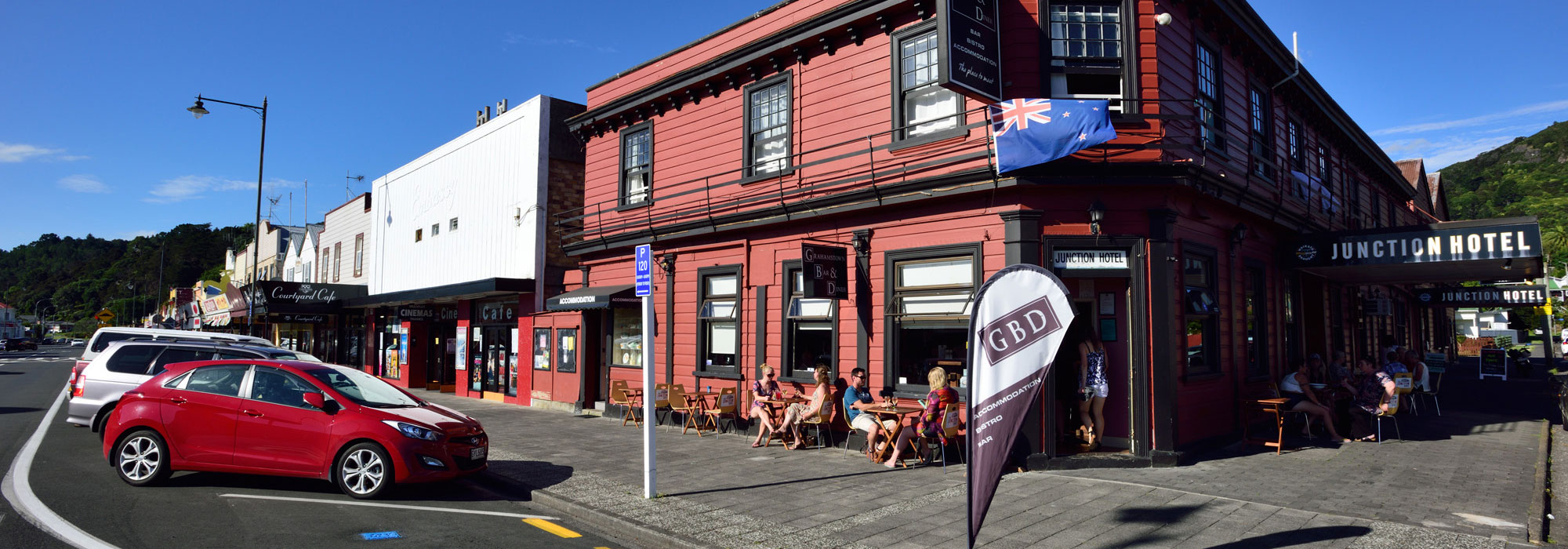
By then, there were already dozens of hotels in the district competing for business, as was common on other gold-fields. By 1872 a total of eighty were registered with liquor licenses. At its peak there was about one hotel for every 200 people, and 112 different hotels had been noted operating in the town at its busiest period.
Two breweries in the town were the main suppliers of local ales and one, Ehrenfried’s Phoenix Brewery, was so successful its operations, now headquartered in Auckland, continue to this day, trading first as NZ Breweries and now as a part of the Lion Nathan empire.
While all those hotels were undoubtedly a first port of call for the miners to slacken their thirst, they also played an important social, economic and political role for the town. Meetings were frequently held in them to discuss important issues such as miner’s rights, and many a deal was negotiated over a glass or two of beer.
They also operated as entertainment venues providing dance halls, skittle alleys and billiard tables along with hosting touring musical and vaudeville acts. Prostitution was also a thriving activity going on in more than one establishment. It was said that the Thames gold-town offered “far more music, dance and pleasure than the dowdy provincial capital of Auckland.”
The Junction Hotel, itself, was described as the principal house for commercial men and tourists, a role it has continued to play for more than 140 years.
But as the gold rush petered out, so too did the clientele for many of those hotels and eventually the number remaining licensed and open could be counted on the fingers of one hand. The glorious days of the gold-rush period had now passed.
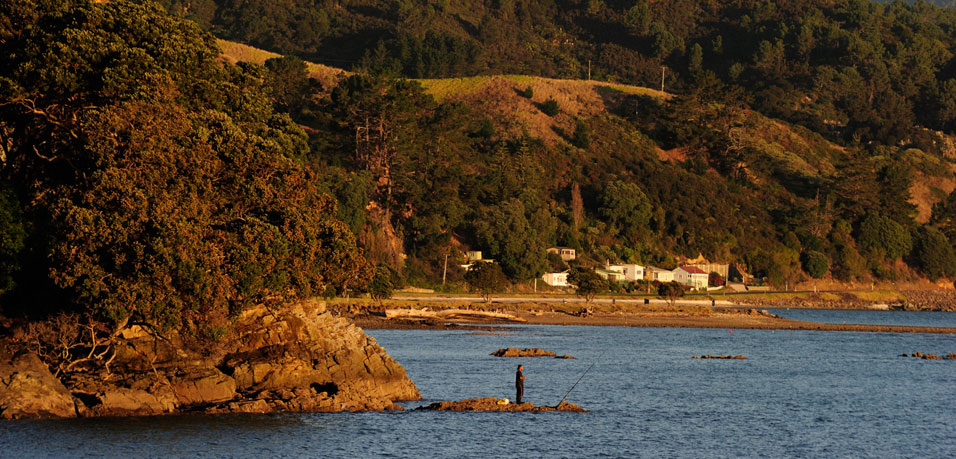
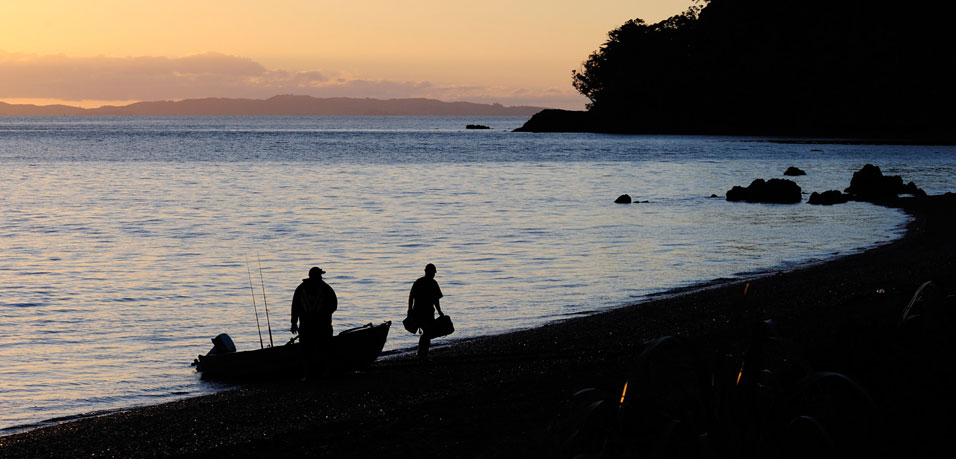
Today, the Junction Hotel stands as testimony to that wild and boisterous time. While the town may have mellowed as it matured in age, many of its attractions have remained, including much of its heritage architecture, as well as its close proximity to the inviting waters of the Hauraki Gulf for fishing, swimming and recreation on its idyllic beaches and tranquil bays. Those attractions are now the cause of a new rush to Thames as tourists from home and abroad discover anew the charm of the region.
After undergoing a major refurbishment in recent years, The Junction Hotel Accommodation and Grahamstown Bar & Diner continues that tradition for being an attractive and comfortable place for modern-day travelers and tourists to stay for a few nights while visiting Thames, providing a standard of hospitality that dates all the way back to 1869.
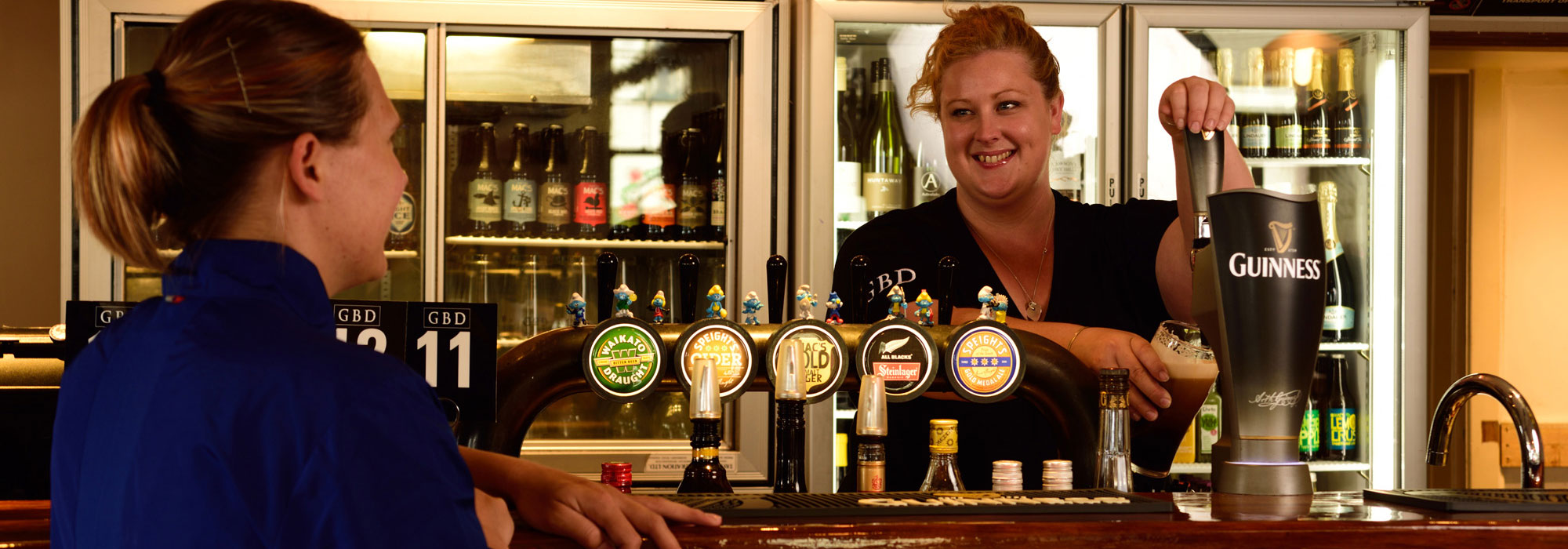




 Location Map
Location Map